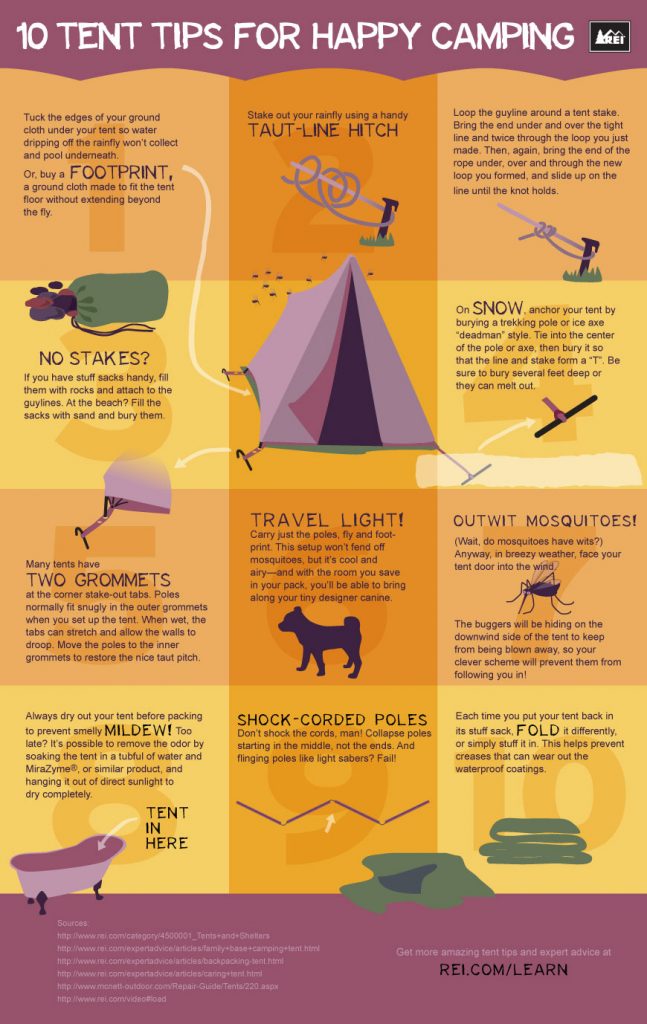Oven jacks are important to safe outdoor tents range usage, keeping cold air, rainfall, snow, bugs and also flammable combustible materials out of the outdoor tents. But, they're not without their pitfalls. Keep reading to discover common errors campers make when fitting their oven jacks, and how you can prevent them at your campground.
Material Compatibility
When searching for an oven jack, make certain it is made from heat-safe materials. The fabric used to make the jack should additionally be durable and breathable, which will certainly aid to maintain the camping tent warm and dry when it remains in usage.
When you've found a stove jack that works with your outdoor tents, it's time to make a decision where you want to install it. Generally, it's ideal to position the oven in the center of the tent to aid maintain all areas warm and cozy, yet it is necessary to prevent putting it directly up against an outdoor tents wall surface because this is a fire hazard. Additionally, take into consideration exactly how easy it will certainly be to reach your cooktop when refueling and cleaning up in the middle of the night.
Cooktop jacks are rather easy camping equipment, however they are extremely crucial for securely utilizing a tent cooktop in any type of weather condition. By putting in the time to select the appropriate dimension and properly install your cooktop jack, you'll be prepared for a comfortable outdoor camping experience!
Oven Pipe Size
The size of your cooktop pipe is important to make certain appropriate venting and to prevent a fire hazard. A tiny diameter pipeline will work great in most outdoors tents, but a bigger one ought to be used with a heavier-duty canvas camping tent or a Tipi.
When it comes to establishing the optimal positioning of your stove, the facility of the tent is commonly the very best selection. This will aid keep the whole tent cozy while minimizing the capacity for smoke to leak around the sides. It also assists protect against warm from surprising from the range and right into combustible products like wall surfaces or ceilings.
When it concerns wall surface and floor awning defense, NFPA requires a minimum of 36" of clearance from flammable walls. This can be lowered by using an oven guard and a single-wall stovepipe with a protected thimble (if entering into the ceiling, attic or roofing). Constantly consult your woodstove supplier's proprietor's manual for more information regarding correct installation.
Oven Pipeline Length
In addition to not being directly up against the wall of the outdoor tents (where it could be a fire risk) there isn't actually an incorrect place for an oven jack. It's simply a matter of preference, relying on how simple it will certainly be to grab refueling and how close it will be to the entryway of your outdoor tents.
However, if you install your pipeline also far out from the range, cold air and rain will certainly have the ability to blow in around the outside of the pipe. This isn't optimal, as it will certainly make beginning your stove and keeping a great draft hard.
To figure out how much flue pipe you'll require, gauge the range from where your tent's range will certainly rest to your smokeshaft opening. Then subtract two inches since each area of pipeline overlaps. The number you obtain is the quantity of pipeline you'll need to purchase. Fortunately, setting up cooktop pipelines isn't tough and requires minimal tools.
